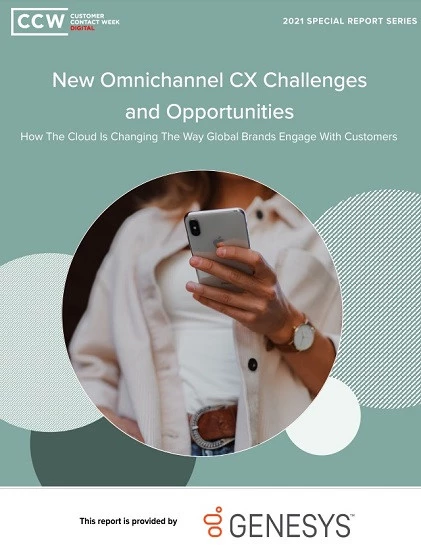Self-Service Checklist: Are You Actually Reducing Effort, Adding Value For Customers?
Add bookmarkThe following first appeared in CCW Digital's special report on the frictionless experience.
====
In a rather ironic scenario, agent-assisted interactions often require substantial effort from customers.
Live agent conversations often subject customers to wait times. They often require customers to authenticate themselves, answer identification questions, describe their problem and engage in back-and-forth conversations. They may subject to customers to inarticulate or poorly trained representatives.
Given the friction associated with live agent interactions, self-service technology seemingly represents a great opportunity to reduce customer effort. Instead of asking customers to endure the burden of connecting with agents, self-service platforms theoretically allow customers to quickly resolve matters when, where and how they want. Self-serving customers may not have agents to hold their hands, but they will also not have to deal with agents slowing them down.
It is important, however, to clarify that self-service theoretically represents a method of reducing customer effort. In practice, many self-service platforms make the customer journey more complicated – and less fruitful.
When deploying and optimizing self-service platforms, many businesses neglect the impact on the user experience.
They view self-service solely through an operational lens. Their goal is to deflect calls, “stall” customers during periods of high volume and reduce the need for live agents; they see self-service as an automatic ticket to achieving those objectives.
They are not completely mistaken in their ambition; a great self-service platform can and should drive operational efficiency. It can and should reduce call volume by allowing customers to solve transactional matters on their own. It can and should improve the journey by “qualifying” customers before they reach higher-touch channels.
These outcomes will, in turn, boost agent productivity – agents will spend less time on low-value, transactional work and more time engaged in high-value conversations.
Those benefits will only be achieved, however, if self-service works for customers. It needs to pass the CCW Digital Self-Service Checklist:
- Are the platforms easy to access?
- Are they easy to use?
- Do they communicate in natural languages?
- Do they have access to customer profile data?
- Do they quickly tailor the experience to the specific customer?
- Do they address matters that are suited for a self-service environment?
- Can they actually solve problems?
- Can they do so more quickly – and with less friction – than live agents?
- Do they allow the customer to seamlessly escalate to a live agent as needed?
These issues are non-negotiable; the organization must ensure its self-service platforms are capable of answering each question in the affirmative.
In order to achieve this customer-centric iteration of self-service, the organization must build its platforms from the customer’s perspective. It should create a self-service journey that gives customers what they want with as little effort and friction as possible.
Instead of operating from this customer-centric perspective, short-sighted organizations pass the buck to the customer. They strictly care about making life easier inside the operation, and in turn ask customers to endure poorly tuned, unnatural self-service experiences that require considerable effort and offer minimal rewards.
Self-service, in their eyes, is not meant for customer empowerment; it is instead a necessary burden they must accept. It exists to please the operation rather than the customer.
The approach ends up pleasing neither. Since customers are unable to quickly and easily serve themselves, they will still require agent assistance – and thus eliminate any potential efficiency benefits. Worse, these customers will be frustrated by the poor experience.
Some will make life more difficult for the live agent. Some will switch to competitors. Some will share negative feedback in public forums.
The end result will be the same: the business will suffer.













